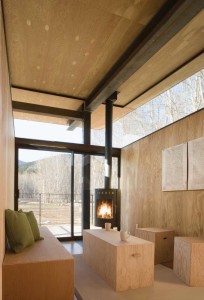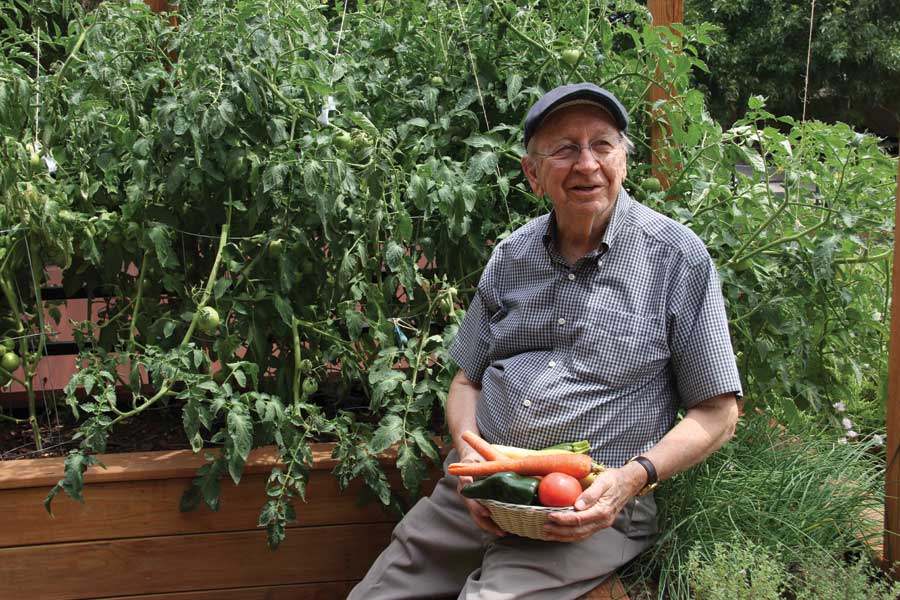Tiny Houses: The big benefits of living with less
01 Apr 2016
Some residents are finding their lives are fuller with less.
By Kerstin Lieff Ah yes, the carbon footprint. The thing we all know we should shrink. Hard to do in a place where the average home is upward of 2,600 square feet. Some local residents, though, have taken the idea seriously. I recently visited with three of them at Mapleton Mobile Home Park to find out just what this living-small lifestyle is all about.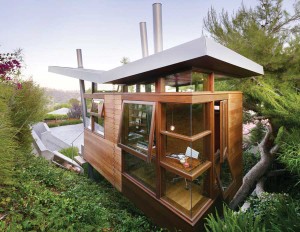

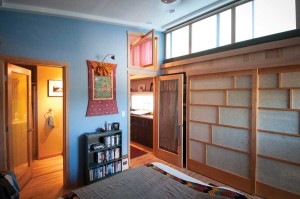
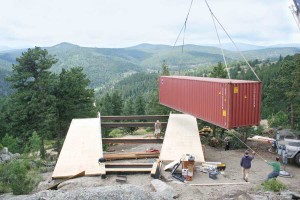
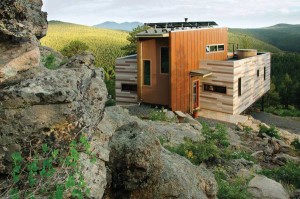
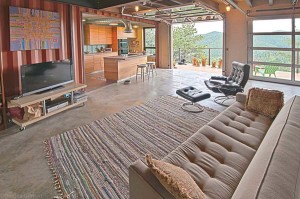
Constrained or Unfettered?
I wonder if these residents feel confined, like they live in a dollhouse. But I observe Tom making tea and notice that his tea drawer is as large as the one I keep all my pots and pans in. Hardly a confined kitchen, it appears to stock all the essentials. There’s a microwave, cupboards, a workspace, a stove and oven, and two small, under-the-counter refrigerators. One, I discover, is a freezer. It’s full, not surprisingly, but I’m impressed with Tom’s organization: Everything is in neatly stacked plastic containers.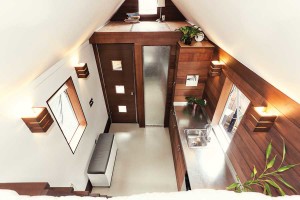
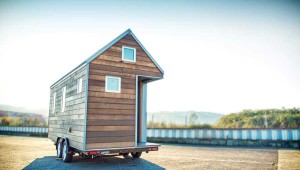
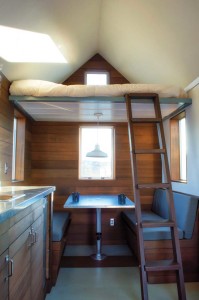
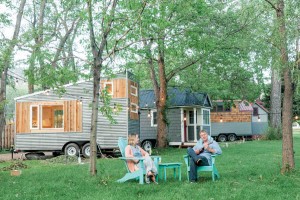
courtesy WeeCasa.
Kerstin Lieff is the 2013 Colorado Book Award-winning author of Letters from Berlin: A Story of War, Survival, and the Redeeming Power of Love and Friendship (Lyons Press).
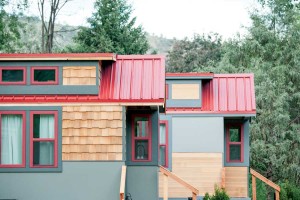
Downsizing To-Dos
Follow these simple tips to ease the trauma of detaching from personal possessions.♦ Map your space.
Measuring your furniture and goods will help you determine what will fit in your new downsized space. You can’t really cram the 20 feet of clothes in your current closet into 10 feet in a new one.♦ Inventory items.
List your necessary and most loved possessions, in that order. You need a bed, but what about that family heirloom you only used once? Visit ebay.com and you’ll see you’re not alone in selling Grandmother’s sterling silver. Choose a sentimental piece to keep and get rid of the rest. Many caterers are delighted to receive silver platters, bowls and serving pieces.